Deciding to start my own organic vegetable garden was the best decision I’ve made when it comes to gardening.
I have been successfully growing organic fruit and vegetables for 9 years now. I’ve made plenty of mistakes along the way too with organic vegetables to plant.
Organic vegetable gardening is a great way to ensure that you are not using any chemicals on your garden. It also has many other benefits, such as healthier produce and easier maintenance.
In this article, I’ll give you my top 10 organic vegetable gardening tips.
1. Build a Compost Heap
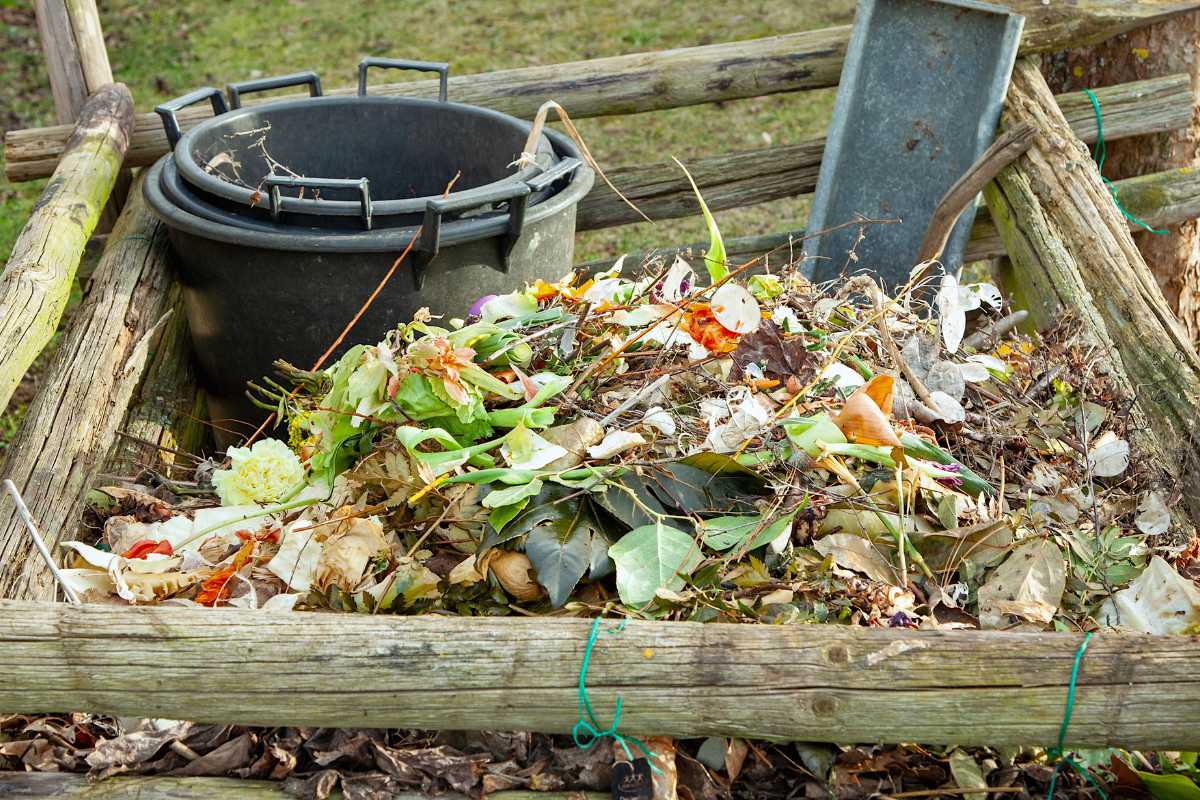
When it comes to beginner vegetable gardening tips, building a garden compost pile is often one of the first tips to having high-quality garden soil full of beneficial organic matter.
Not only does compost give you free organic fertilizer, it helps to reduce the waste going into your garbage can and landfills. Make sure you are only putting organic materials on your compost heap.
If you bought organic food and vegetables from the grocery store or grew your own, you can put any leftover peelings or kitchen scraps on your heap. Be sure that you only add chemical-free food as those chemicals could negatively affect the compost pile.
Make sure you chop them up to encourage decay. Burn or dispose of any diseased prunings, rather than putting them on your compost.
You can also add plant cuttings such as weeds, dead plants, or tree branches. Manure from plant-eating animals like horses, rabbits, sheep, and chickens are also popular.
You can also add eggshells, teabags, coffee grinds, snail shells, finger nail clippings, and even cardboard into compost if you are confident it hasn’t been treated with chemicals.
- Related Article: Organic Garden Soil Guide
2. Crop Rotation
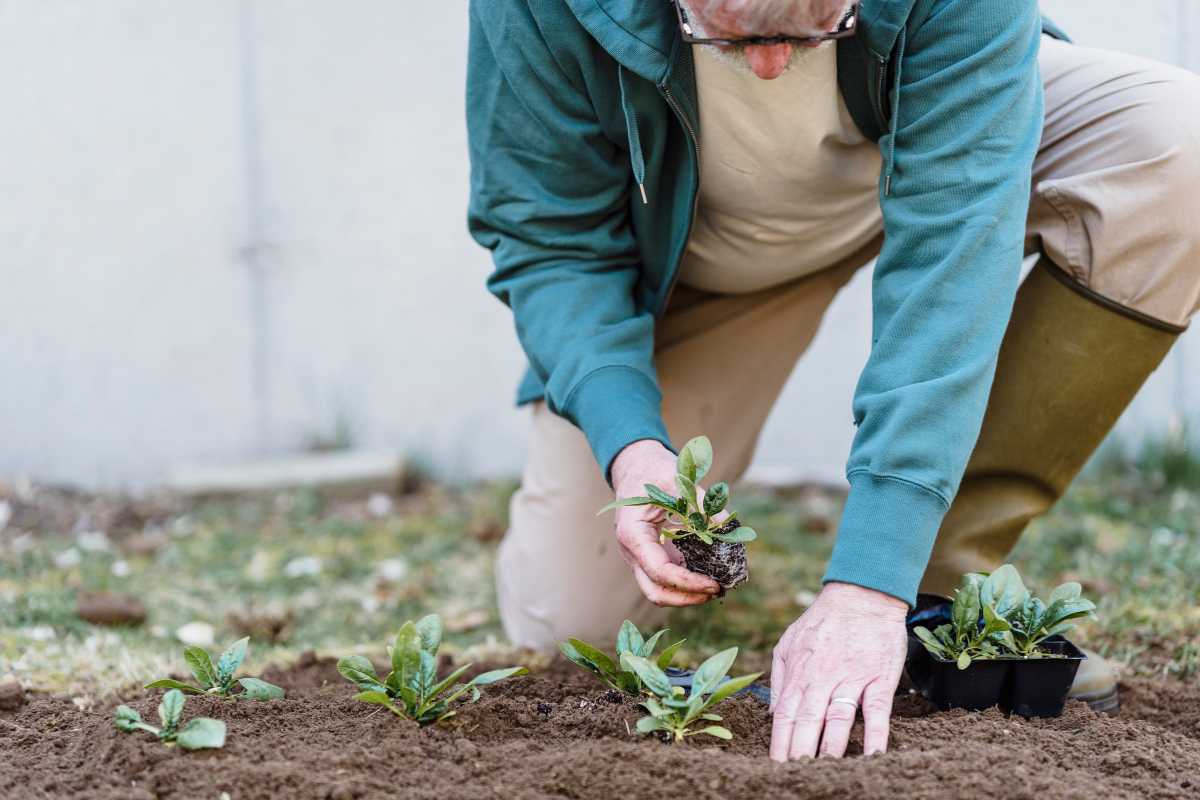
Rotating crops helps reduce the build up of plant disease and pests by switching the types of vegetables you’re growing in one place.
It also means that your soil is not continuously stripped of the same nutrients by the same plants. Crop rotation allows for crop-specific nutrients to build up in the soil before that crop is planted there again.
Of course, the larger your vegetable patch the more effective this is to keep healthy plants, but it is still worth doing it even in a small plot size.
The ideal is a 4-year rotation. Split your vegetable patch into 4 different sections and plant different vegetable plants in each section every year. How to rotate and what order the plants are rotated depends on what you’re growing, but also who you ask.
For example, if one section had potatoes, it should be followed by legumes, then brassicas, then roots, and then back to potatoes. Some people suggest putting potatoes after brassicas, followed by root vegetables. Others say potatoes should be included with root vegetables, and that onions should have their own category.
- Related article: How Many Potatoes in a Pound
Of course, not all vegetables fit into these four categories (sweet corn, for example). But if you’re just starting out, plant 4 different types of vegetables and don’t plant the same crop in the same place for at least two years running.
3. Companion Plants for Pest Control
A top organic gardening method to deter pests is to add companion plants. You can select garden plant combinations that are practical and aesthetically pleasing.
Plant flowers like nasturtiums, which some pests prefer to your vegetable. Add thyme which helps to deter cabbage worm. Companion planting can also attract beneficial insects like pollinators.
If you’re growing in a small space, researching which vegetables grow well together and which won’t. That will save you a lot of disappointment and help you with your plant placement plans.
4. Remove Weeds Often

Pull up weeds as often as you can. Hoe out weed seedlings to reduce the number of plants you have to pull out by the root.
You can also put down mulch or cardboard to suppress weeds. If you are using your own compost, it is inevitable that you will get seeds in your compost.
Some beneficial weeds, like white clover, dandelion, and comfrey can be dug straight back into the soil. That will add nutrients and while the plants flower, they will attract pollinators, so you can use them to your advantage.
5. Make Your Own Plant Food
Plant fertilizer is something that most gardeners have at home. It’s used to feed plants and keep them healthy, but some can be harmful because they contain chemicals. They can be pricey too.
Luckily for you there is a way out. One of the best organic gardening tips is to DIY plant food.
You know those pesky weeds? Another way of making the most of the weeds in your garden is to turn them into nutrient rich plant food.
An easy and favorite organic plant food recipe for me uses comfrey and nettle leaves as the main ingredients.
- Put comfrey and/or nettle leaves into a bucket of water
- Place a brick in them to keep them submerged and cover the bucket with a lid
- After a week or two, this smelly concoction will be a wonderful food for your tomatoes
- Just add a cup of the water to your watering can once a week
6. Work With What You Have
Work with the environment and outdoor garden space that you have. Don’t try to grow plant varieties that wouldn’t normally thrive in your local region.
The USDA Plant Hardiness Zone Map can be used to determine which plants will thrive in a location. The minimum winter temperature is used to calculate the 10 °F zones on the map.
Most vegetables need full or partial sun, so when choosing where to put your vegetable patch keep this in mind.
If you have a particularly sunny spot, it’s best to grow plants that thrive in those conditions like tomatoes and peppers. If you have a part of the garden that doesn’t get any sun, grow leafy greens and sprouts.
If you live in a more temperate or cool area, you can help extend your growing season with a greenhouse or cloches to protect the plants from the cold.
7. Bug and Pest Control
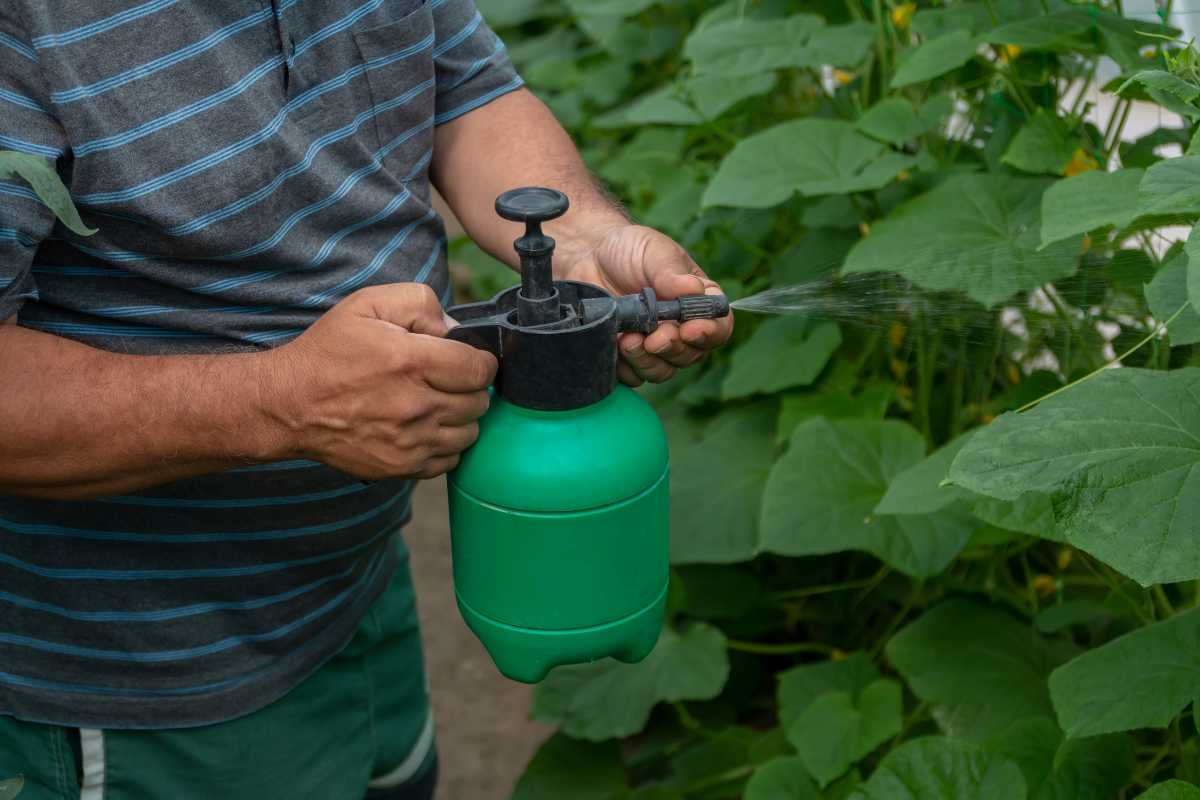
Bug control is one of the big areas of concern in organic gardening for beginners. First-time gardeners will often turn to harmful chemicals and pesticides when they start seeing bugs.
Experienced gardeners will tell you that the presence bugs are completely normal.
In my experience, while you may get an influx of pests in the first year of gardening organically, this does stabilize once the beneficial insects and wildlife realize they have a food source. Remember, pests will attract predators, and nature loves balance!
In some years, the conditions may be just right for an outbreak of aphids or slugs, and you may find yourself having to do a bit of bug control. Be aware that anything you do will affect the food chain.
Besides hand-picking insects off plants, here are some other organic methods of pest control:
Soap Spray for Aphids
- Fill a spray bottle with water and organic liquid soap
- Spray on the affected area. Be on the lookout for ladybird larva as these weird looking black and red bugs are aphid eating machines. The soap spray will harm them too.
Try not to use this too much around vegetables that need a lot of water, like cucumbers. They may end up tasting a bit soapy when you eat them!
Beer Traps for Slugs and Snails
Another organic pest control method is to create beer traps for slugs and snails.
- Fill a jar half full of beer
- Bury the jar in the garden near your vegetables
- The smell of the beer will attract the slugs and snails who will then drown in the jar.
However, other small bugs and animals can also fall into these jars too, so only use them as a last resort.
Midnight Snail Hunt
Personally, I like to go on midnight snail hunts. They can be fun and the snails also help with breaking down organic matter.
Gather the snail and then put them on the compost heap. They will help break down the plant matter.
- Related Article: Best Organic Pest Control Methods
8. Use Raised Beds
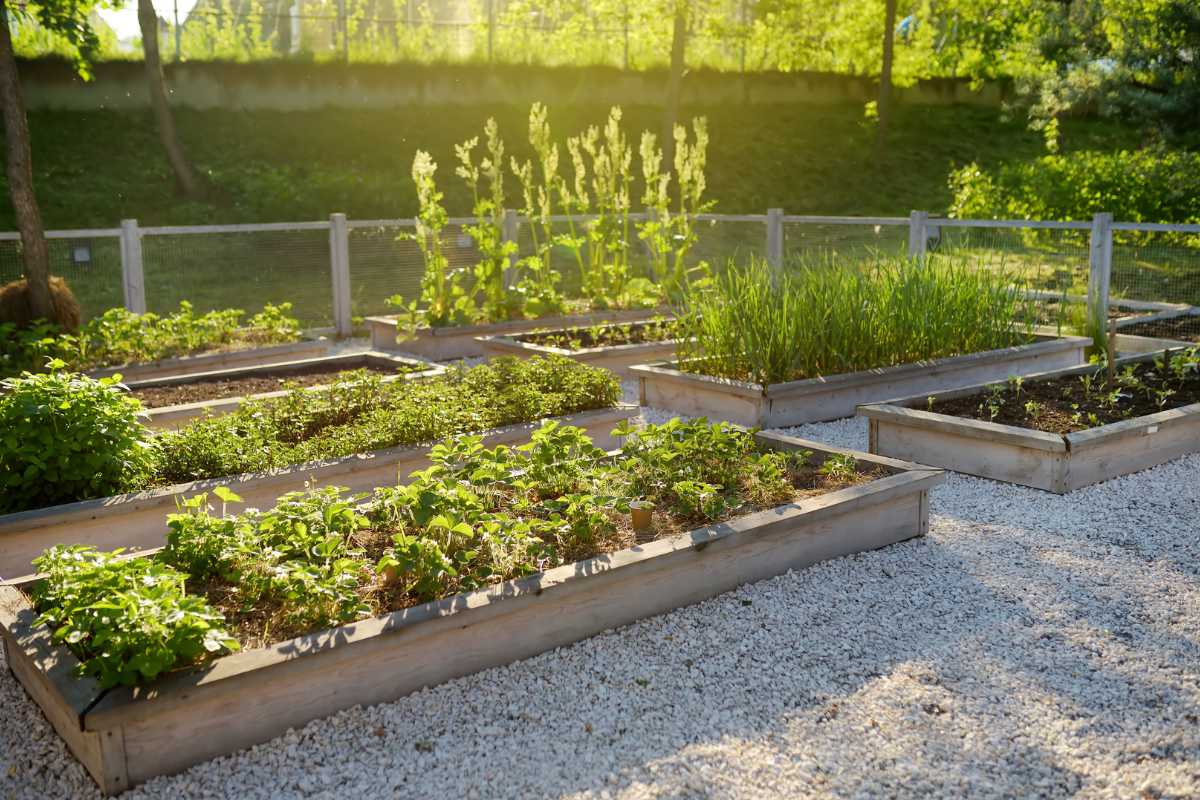
Raised beds have many advantages. These will help with weeding, they look good, and the soil will warm up quicker in the spring.
They’re easier to work in because the soil is easy to reach and has less bulk. This means that vegetables can be grown closer together, allowing for more crop production in a smaller space.
A raised bed garden with a short dry side wall will also help protect sensitive crops (like tomatoes) from getting zapped by too much heat.
They’re easier to defend against pests, too. Snails and other pests can’t crawl up out of them so easily.
With the plants are growing right next to you on all sides, it’s much easier to keep on top of their needs – watering, harvesting, checking for bugs etc.
Having four raised beds will fit in with your crop rotation, and you can have them anywhere in the garden.
9. Collect Rainwater With a Rain Barrel
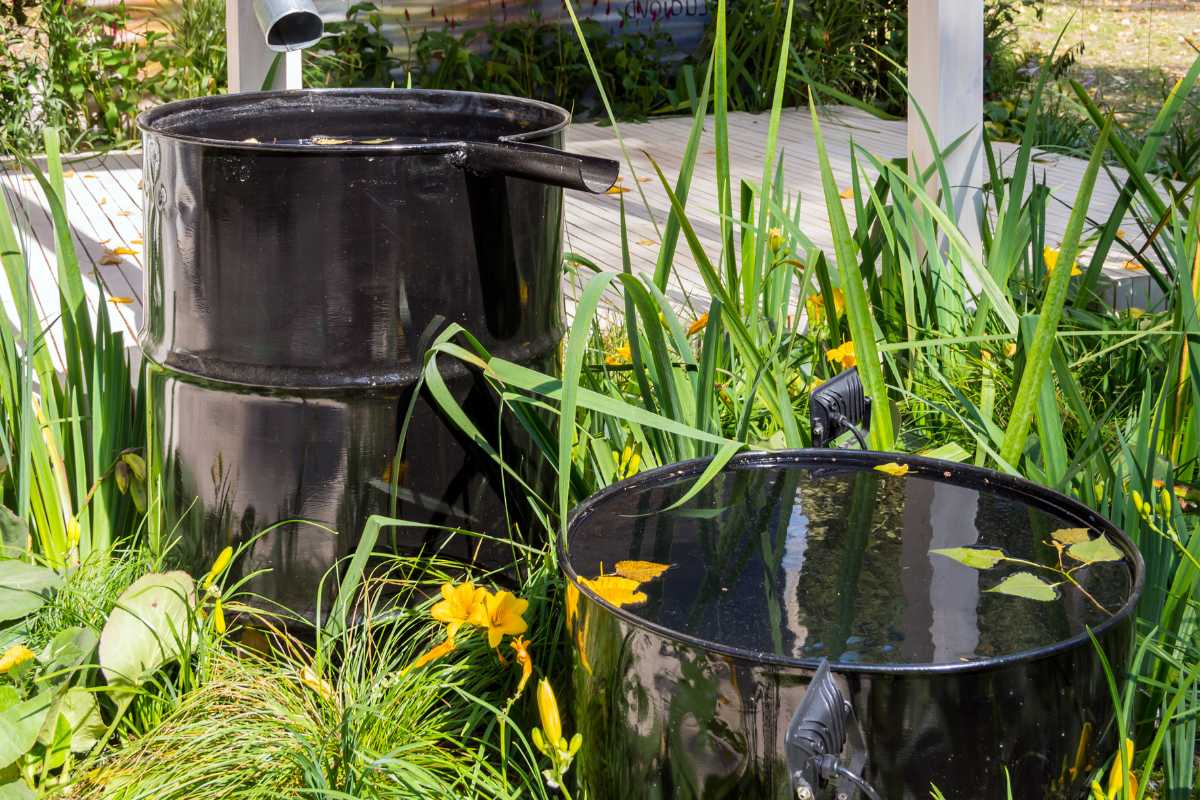
Rainwater is infinitely preferable to tap water for your vegetables. You can also wash off your vegetables in rainwater then re-use the water and dirt in your garden.
Rainwater is better than tap water, because the city pipes used to deliver municipal water may leech toxins into the water.
Rainwater also usually comes from a clear sky, meaning there’s less chance of it being contaminated with high levels of chemicals and pollutants that are otherwise prevalent in the atmosphere during certain conditions.
10. Grow From Organic Seeds
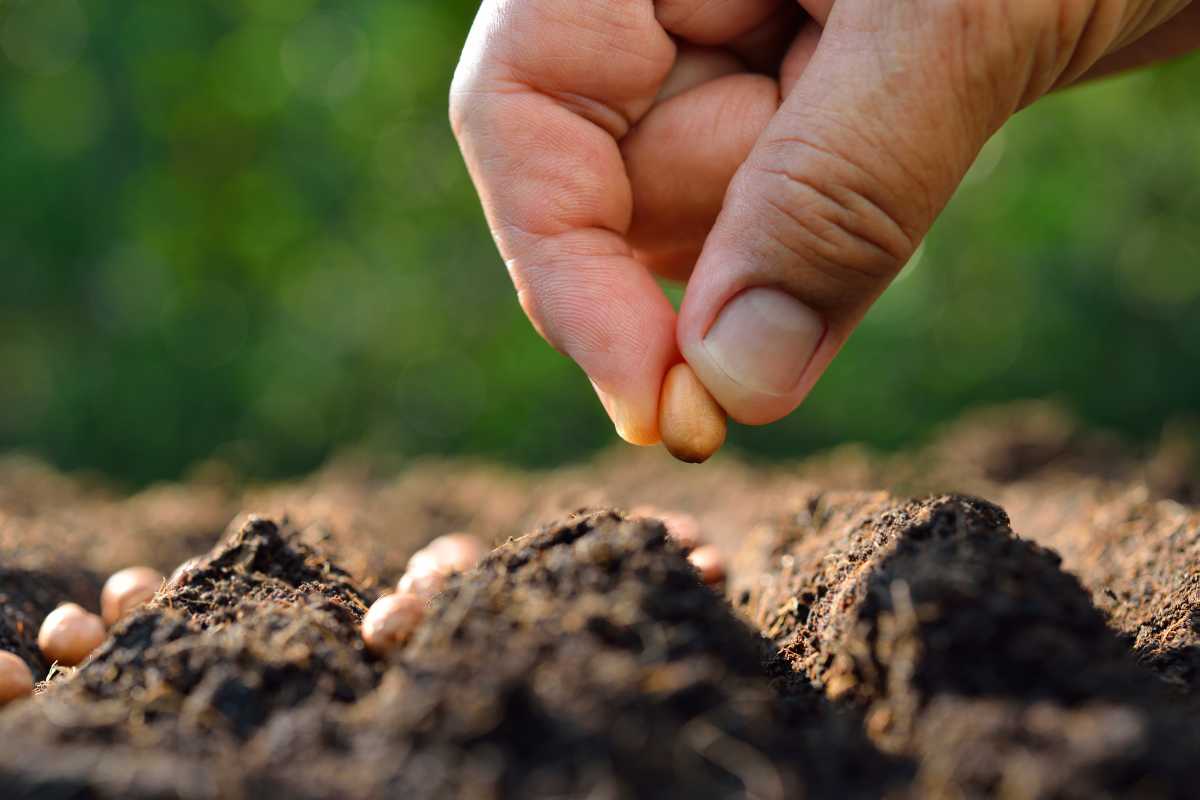
Use organic seeds to grow your organic crops. This is the best way to ensure your plants are organic. It may be a bit more work, but it’s worth it.
Try to buy heritage, open pollinated, or heirloom vegetable seeds. You will end up with a crop of heirloom vegetables that gives you fresh produce and the ability to save seeds.
Seed saving helps save you money, because you won’t have to buy seeds again the following year. You’re also helping to ensure that your next organic crops will be similar to the parent crops you saved seeds from.
Final Thoughts on Organic Vegetable Gardening Tips
Organic gardening can be an enriching and rewarding experience for both the gardener and their family.
Gardening is a fun hobby, but when you first begin growing organically, there can be a steep learning curve. But with time and patience all things become possible in this rewarding pursuit.
These are our top tips to help you get started on your journey of organic gardening success. If you’re just getting started or have been doing this awhile, these helpful hints will surely come in handy at some point during the season – so don’t forget them.
We hope these organic gardening tips have helped you get started on the right foot! What tip has been useful for you so far?
Here are other articles that might interest you:
Organic Vegetable Garden FAQs
How do I start an organic vegetable garden?
Growing your own vegetables is a great way of ensuring that they are free of chemicals. The first step to starting an organic vegetable garden is to choose what you want to grow. The next step is to prepare your soil organically. Next, you’ll want to get some organic seeds to plant in the soil.
What should I feed my organic vegetable garden?
Organic vegetables need to be fertilized with organic fertilizer such as manure or compost. Compost and manure are great options because they not contain any artificial additives that could pollute your garden and crops.
Organic vegetable gardens need more attention than those which don’t produce food for human consumption, and are less likely to use insecticides or non-organic pesticides. Make sure to water regularly and take time to allow the soil in between individual plants to dry out once every week–placing dry mulch around your plants can help facilitate this process.
What is the best organic fertilizer for vegetable gardens?
The best organic fertilizer for vegetable gardens is compost, as it contains all the necessary nutrients and minerals that will promote growth. Organic fertilizing is best for the earth because it engenders sustainability and strengthens soil without harming it. It also means saving money, responsibly lessening environmental pollution, and being free of toxic residues.
Organic Fertilizers are far better for the environment than their synthetic counterparts because organic fertilizers nourish plants while supporting the natural organisms within your gardens. They help microbes, insects, and worms that break down wastes from neighboring plant roots into a food source for plants to use. Organic fertilizer gives back life-giving nutrients to barren soils by aiding the decomposition process in naturally occurring cycles or nitrification.
Should I buy organic vegetable plants?
Absolutely, buy organic vegetable plants when you can. Organic farming methods emphasize soil conservation, biodiversity, and natural pest control. When you plant organic vegetable plants in your garden, there are no chemicals being used spraying for bugs, so your produce won’t be swimming in unnecessary toxins. It’s a win-win situation, healthy food that you grow yourself just got cheaper! Best of all is that you can save yourself money on fresh produce groceries by growing them organically at home.
What vegetables are worth growing?
I love growing tomatoes, lettuce, potatoes, and cucumbers. But that doesn’t mean it’s right for you, even if you love eating them. You’ll want to look at what vegetables will grow best in your local environment’s climate.
What are involved in raising organic vegetables?
An organic garden is not about how big it is but about, how healthy it is. Organic vegetables are grown without the use of pesticides, herbicides, artificial fertilizers or other chemical additives. It simply requires more time and effort. A well planned and maintained organic garden with a diverse variety of plants, adds beauty, variety, solace and food to your life. There are many challenges in gardening organically, but there should never be one concern about non-organic chemicals that cause harm both to the environment and the family that enjoys homegrown produce.

